In a rectifier circuit the diodes ONLY conduct when then input voltage is higher than the capacitor voltage by an amount equal to the forward voltage drop of the diode(s). For a full wave rectifier that is two diode drops above the capacitor voltage.
As such the diodes are turning on and off each cycle of the non-smoothed waveform, only conducting at the peaks. During the rest of the cycle only leakage current is passed through the source.
The above is however the ideal case. In a real transformer circuit the inductance of the transformer causes the current to flow from the transformer a little longer than the ideal.
ADDITION: Since you asked about currents.
Using this circuit...
simulate this circuit – Schematic created using CircuitLab
You can see that the voltage on the capacitor charges up to two diode voltage drops below the AC level each half cycle.
The current taken from the source spikes during those charging times and is zero for the remaining part of the cycle when the diodes are off.
The current through the load simply follows the voltage on the capacitor as defined by Ohm's Law, \$I_R = V_C/R_1\$
The current going down through the capacitor however spikes while it is charging and goes negative while the capacitor is powering the load.
As such, during the charging phase, the load current is entirely supplied through the diodes. The diode current is therefor the load current PLUS the charging current during the charging phase.
Again, in actuality, the inductance of the transformer causes some delay and reduction in the current rise and fall times.
